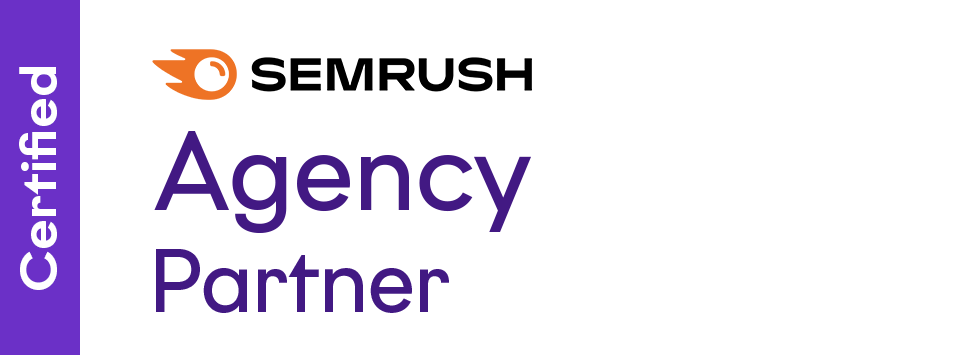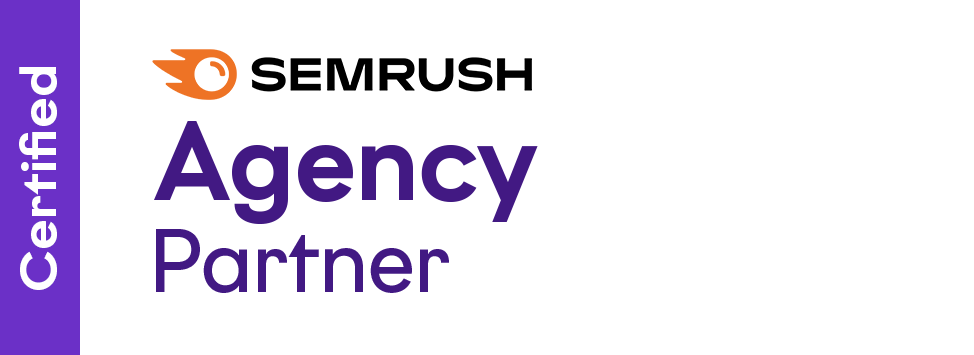Regardless of your industry, today’s e-commerce landscape has become far too competitive to neglect optimising your store’s online presence. A well-optimised Shopify product page will help you gain maximum website visibility and drive traffic to your site, easily piercing new markets, demographics, and geographic areas. With more businesses entering the online space, ensuring your product pages stand out in search engine results is more important than ever.
In this guide, our experts at Digital Eagles will walk you through some essential steps to optimise your Shopify product pages for SEO, helping you attract more customers and boost your sales.
How to Optimise for SEO on Shopify Product Pages
Before exploring the specifics of on-page optimisation, first spend some time conducting thorough keyword research. Using various online tools, you can scrape countless search trends and insights to help you identify the terms and phrases your potential customers regularly use to search for products similar to yours.
- Tools to Use: Utilise tools like Google Keyword Planner, Ahrefs, and SEMrush to find relevant keywords.
- Target Keywords: Focus on specific terms. For example, if you were looking for this helpful guide, you would find terms such as ‘Shopify domain’, ‘Shopify product page’, ‘product page Shopify’, and ‘Shopify product page SEO’.
- Long-Tail Keywords: Remember also to include long-tail keywords, which are often less competitive and more targeted. An example of this would be, ‘How do I set up my Shopify domain?’
Crafting High-Quality Product Descriptions
Product descriptions are not just about describing your products; they are a powerful SEO tool that informs both online visitors and search engine algorithms about the page’s offerings. Given their boost to user experience, high-quality, unique product descriptions can significantly improve your search engine rankings.
- Unique Content: Ensure your descriptions are unique and not copied from manufacturer details.
- Engaging and Informative: Write engaging descriptions that provide all the necessary information a potential buyer might need.
- Keyword Integration: Naturally incorporate your target keywords into the descriptions. Avoid keyword stuffing.
Optimise Title Tags and Meta Descriptions
Title tags and meta descriptions are foundational components of on-page SEO. They help search engines understand your pages’ content and influence click-through rates from search engine results.
- Title Tags: Craft concise and keyword-rich title tags. Aim for around 60 characters to ensure they are fully displayed in search results.
- Meta Descriptions: Write compelling meta descriptions that include your primary keyword and a call to action. Keep them under 156 characters.
Create High-Quality and Engaging Content
Content is king when it comes to SEO. We have all heard this saying, and it is as true now as it was at the birth of search engines (if not more). High-quality content helps improve your rank on SERPs, engages your visitors, and keeps them on your site longer.
- Content Ideas: Create product reviews, how-to guides, tutorials, and FAQs related to your products.
- Keyword Usage: Use your target keywords naturally throughout your content. Avoid overstuffing.
Optimising Product Images
Images are a key part of any e-commerce site, helping to demonstrate your offerings in an enticing way. Many focus solely on aesthetics and presentation, which is important, but they also need to be optimised for SEO.
- High-Quality Images: Use high-resolution images to improve user experience.
- Alt Text: Add descriptive alt text to each image that includes relevant keywords.
- File Names: Use keyword-rich file names for your images.
- Compression: Compress images to reduce load times without sacrificing quality.
Improve URL Structure
A clean and organised URL structure makes it easier for search engines to crawl and index your site.
- SEO-Friendly URLs: Use descriptive and keyword-rich URLs. Avoid using random numbers or characters.
- Examples: Instead of www.yourstore.com/p/12345, use www.yourstore.com/products/red-widget.
Optimise Site Speed and Mobile Responsiveness
Site speed and mobile responsiveness are critical ranking factors for SEO.
- Improve Speed: Use tools like Google PageSpeed Insights to identify and fix speed issues. Compress images, leverage browser caching, and use a content delivery network (CDN).
- Mobile-Friendly: Ensure your site is responsive and looks good on all devices. Use Shopify’s mobile-friendly themes.
Leveraging Internal Linking
Internal links help distribute page authority throughout your site and improve user navigation. By placing related links throughout your copy, users can naturally flow through similar or complementing products and categories, and Google’s algorithm can determine how best to prioritise your site’s pages.
- Linking Strategy: Link to related products and categories within your product descriptions. This not only helps with SEO but also improves the user experience.
- Anchor Text: Use descriptive and keyword-rich anchor text for your internal links.
Utilise Schema Markup
Schema markup helps search engines understand your content better and can enhance your search listings with rich snippets.
- Implementation: Use Shopify apps or manual coding to add schema markup to your product pages.
- Types of Markup: Include product schema, review schema, and offer schema to provide detailed information to search engines.
Technical SEO for Shopify Product Pages
Technical SEO ensures that search engines can crawl and index your site effectively.
- XML Sitemaps: Ensure your site has an XML sitemap and submit it to search engines.
- Robots.txt: Check your robots.txt file to ensure it’s not blocking important pages.
- Crawlability: Use tools like Google Search Console to identify and fix crawl errors.
Improve the Website Visibility for Your Shopify Product Page with SEO from Digital Eagles
Optimising your Shopify product pages for SEO is a continuous process that requires attention to detail and regular updates. By following the steps outlined in this guide, you can improve your website’s visibility, attract more customers, and ultimately boost your sales.
If you need professional assistance or want to learn more, don’t hesitate to reach out to our specialists at Digital Eagles today.



















